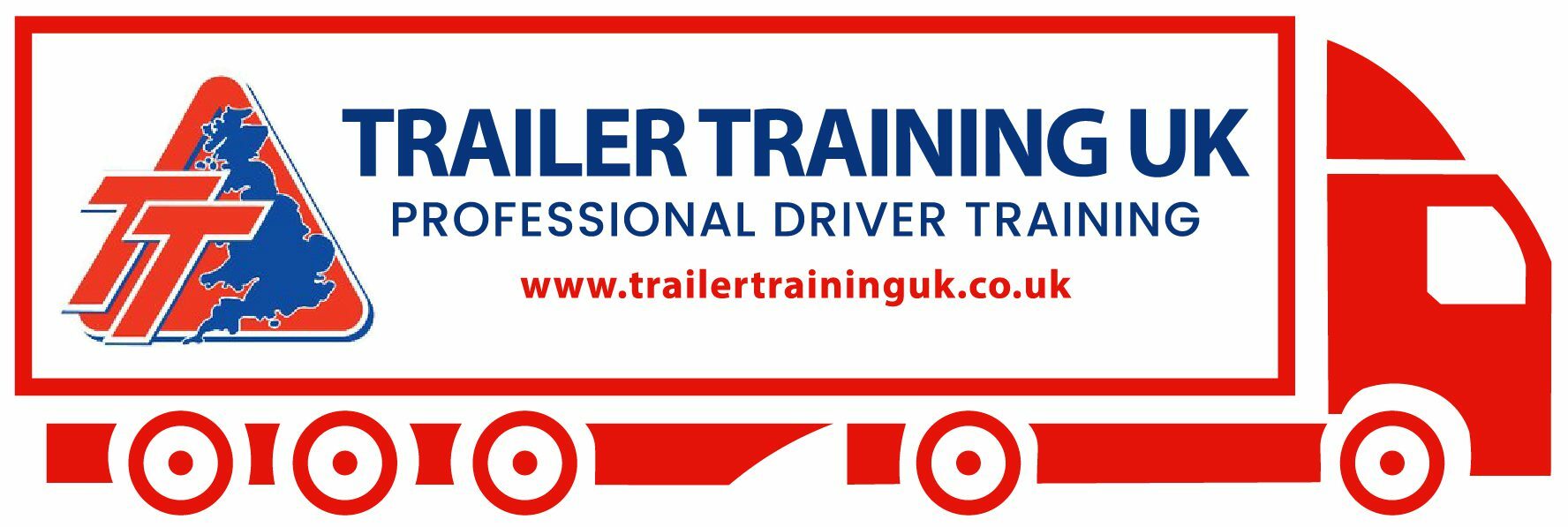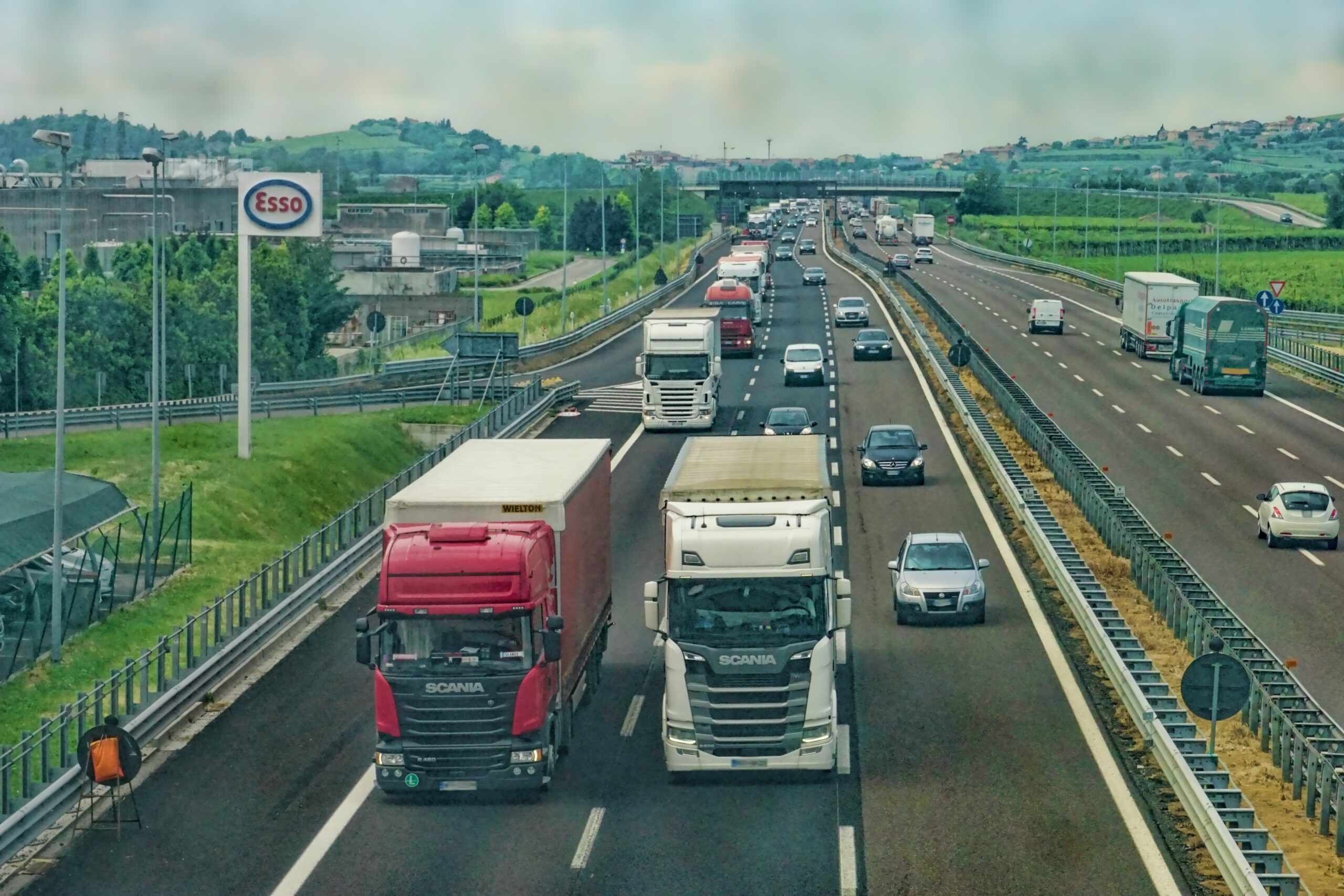According to the reported road casualties in Great Britain: year ending June 2022, there were an estimated 1,760 fatalities in reported road collisions.
The World Health Organization state that Approximately 1.3 million people die on our roads around the world, and 20 – 50 million are injured every year. Road traffic crashes are a major cause of death among all age groups, especially for children and young adults aged 5–29 years.
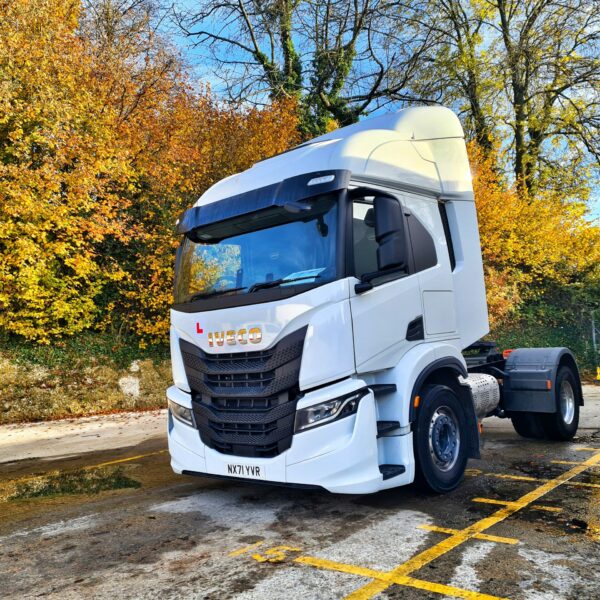
The impact all vehicles have when involved in a crash/incident is paramount, but not many compared to the impact a Heavy Goods Vehicle (HGV) can have when an incident occurs involving this vehicle. As they are bigger and can carry dangerous goods, they can be a potential accelerant in relation to damage.
According to the Reported road casualties Great Britain: Injury severity within injury-based reporting systems 2021, the number of very serious casualties (Broken neck; back or severe injuries) as a result of HGV occupants (An occupant can be defined as someone who resides in a vehicle. In this instance, we can assume that an “HGV occupant” is someone who is within the vehicle, regardless of driving or not.)
The statistics was 15%, and 28% injuries being moderately serious (Deep penetrating wound, loss of limb or multiple severe injuries).
In recent years, the government and the general population have collated an abundant number of facts and statistics regarding road safety. Whether this be for pedestrians, cyclists, or car drivers. Although, HGVs tend to be forgotten about in relation to traffic safety. There are potentially a few reasons for this.
The most common may be that many road users tend to have the same subjective view in relation to HGVs, stay out of their way and give them room.
If a vehicle is considered to have a severe impact if involved in an incident (due to its size, weight etc.) there must be guidelines in place for all who may encounter an HGV while on the road. Individuals must be aware of what to do when encountering them. Authoritative organisations, such as the Driver and Vehicle Standards Agency (DVSA) or the National Highway are the bodies that tend to outline all key facts and up to date rules relating to road users.
The National Highways website have a page dedicated to Driving around large vehicles and HGVs. This is defined by three key points.
- Stay Visible
- Pass With Care
- Give More Space
Because of the compounding differences an HGV have, they are more likely to cause serious injuries or fatalities. However, those who have not driven an HGV may not be aware of the difficulties a logistics driver faces. This also includes the limitations they face due to being in a bigger vehicle. Compared to those driving a car, they must be as vigilant, if not more.

What should a driver do?
The rule of thumb is if you can’t see an HGVs wing mirrors, they probably can’t see you.
In this scenario, you should always try to remain visible to the driver and give them space. Not only would this make the driver aware of you, but you are also aware that the driver can see you.
There are four blind spots an HGV has: The back; the sides; and the front of the HGV.
It is key in any situation where you may be in one of these blind spots to not linger. These blind spots are split up in the according lanes, so it is imperative that a road user understands these lanes too.
Left-hand Lane
Section 6 of the Highway Code is titled “Overtaking”. Rule 268 states “Do not overtake on the left or move to a lane on your left to overtake.” This is commonly known as undertaking.
If you find yourself in the left-hand lane and an HGV trying to overtake, you should manoeuvre out of the blind spot safely by pulling back. This will allow the HGV to pass.
Right-hand Lane
If you are in the right-hand lane and you wish to overtake, you should do with upmost care.
Make sure you do not linger and only overtake when safe to do so. Another factor to consider is if you do start to overtake, but for some reason you are unable to complete this manoeuvre, pull back into the spot you were in before attempting to overtake. Make sure you do not linger!
Back of the Vehicle
Driving behind an HGV can be as dangerous, depending on how close you are to the rear of the vehicle in front. As stipulated prior, if you can’t see the HGVs wing mirrors behind, the HGV driver can’t see you.
You should pull back so there is enough room between you and the HGV. Doing this will help the driver of the HGV see you. It has been suggested that this could be “…up to three car lengths.”
Tailgating, as it is commonly known, is a dangerous habit which involves a driver travelling too closely to the vehicle in front. The RAC state that “Tailgating falls under the careless driving offence and could land you with a £100 charge and three penalty points on your licence.”
Reasons for someone tailgating may include:
- A driver being a “bully” by trying to force other motorists to move out of their way
- An inexperienced driver being unaware of the correct distance to keep between vehicles
- The driver not paying attention to the road
- An impatient driver who may be driving above the limit, who are trying to pressure you to drive faster than the speed limit
To avoid tailgaters, you should always be aware of your road position, assess your speed and stay calm. These factors will help you as an HGV driver not make any rash decisions which could put you and others at risk.
Front of the Vehicle
As an HGV Driver sits higher up than other road users, their view in front of them maybe limited. If you are driving too close in front, the driver may not be able to see you. National Highway page titled “Know The Zones” detail that you should “…ensure there is enough space between you and the HGV to allow them to see you and have enough room to brake safely.”
The distance to leave in between vehicles usually depends on the speed you are travelling, visibility and weather. Of course, there may be a situation where the HGV driver themselves are tailgating a driver. Once again, as a car driver, be aware of your road position, assess your speed and stay calm.
Other factors to consider
Although the important factors for other vehicle users have been outlined, the driver of the HGV must still be aware of the highway code and their responsibilities as a road user.
It should be in all road users’ best interest to ensure safety at all time for those around them.
In the event of an HGV being overtaken, the highway code explains on page 105, Rule 168- Being Overtaken, that you should “…maintain a steady course and speed, slowing down if necessary to let the vehicle pass.”
Rule 169 also stipulates that any who are especially driving a Large Goods Vehicle or a slow-moving vehicle to “Check your mirrors frequently, and if necessary, pull in where it is safe and let traffic pass.”
How do HGV drivers implement road safety?
A driver of an HGV should be aware of where they can and can’t be on the road. A good example of this is in relation to the Road safety information for heavy goods vehicle drivers.
This is where it is stipulated that in relation to road safety for heavy goods vehicle drivers, they must stay in the left-hand lane, unless overtaking where possible.
Furthering this, if a driver is in control of an HGV which weighs over 7.5 tonnes, they must not drive in the right-hand lane on the motorway. Not only this, but these drivers should also avoid regular lane changing on 3-lane motorways where possible.
These plentiful rules and suggestions from both governing bodies and experts are in place to aid any individual with queries and worries, as well as keeping all types of road users safe.
What can you do as a road user?
Any road user should be aware that there are numerous resources in place to help with queries. This includes The Highway Code, which is updated when there are changes in the law.
Since 2015, there has been 15 changes.
Road Safety GB discuss the number of motorists who are unaware of changes to the highway code. They explain that “In a survey… 20% of the 1,000 respondents were unaware of the latest changes to the code…” These changes being the recent ones which came into force on 29th January 2022.
Not only is this deemed alarming, but they go on further to say that “More than half (51%) of respondents admitted they can’t remember the last time they referred to the Highway Code, while 34% said they hadn’t read the code in over a year.”
To put this into perspective, in 2022, there were eight new rules added to the Highway Code.
To prevent incidents from happening, all road users can do their bit to aid in the safety of other road users. This comes down to several factors.
The first is confidence. Anyone who has gone through the process of learning to drive is aware that much of the practical driving is about building confidence on the road. This is designed to ensure that you can handle any situation you may be involved in.
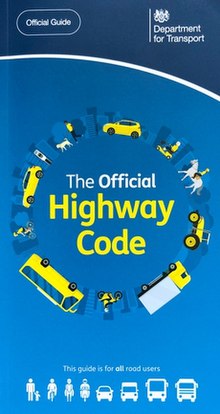
What can a road user do to build confidence to ensure safety?
Know your vehicle
This may sound like common sense, but fully understanding where everything is in your vehicle and how everything works can help reduce stress and panic in the event of an incident.
Visit new destinations
Going out and driving somewhere new can help build confidence, as you will be encountering new types of driving environments and situations. Even doing this at non-peak traffic times will help build your confidence.
Ensure you are driving within speed limits
According to the World Health Organization, “For every 1% increase in mean speed, there is a 4% increase in risk of a fatal crash.” Ensuring you are driving within speed limits is imperative to reducing the risk of crashes.
Keep up to date with any law changes
Today, it is more important than ever to be keeping up to date with all changes and updates to the Highway Code. You can check all updates to the Highway Code on the Government Website, which is free!
Remove any distractions
Not only do phones cause a distraction, but loud music can be disorientating for some drivers. Try to keep music to a volume that you can enjoy, but won’t distract you from keeping your eye on the road.
On the other hand, many drivers deem themselves better than the average driver. This can make a driver overly confident, and potentially perform manoeuvres that they shouldn’t, thus increasing the risk of incidents.
An article titled “confident motorists” from Compare the Market tells us that in the UK, 82% of all types of drivers consider themselves as confident when driving.
It also continues to discuss that “Driving a truck is the third least confidence-inspiring scenario for motorists, with 32% of the people surveyed listing this as a situation that’d make them feel unconfident.”
There is a fine line between being a confident driver and being an obnoxious driver.
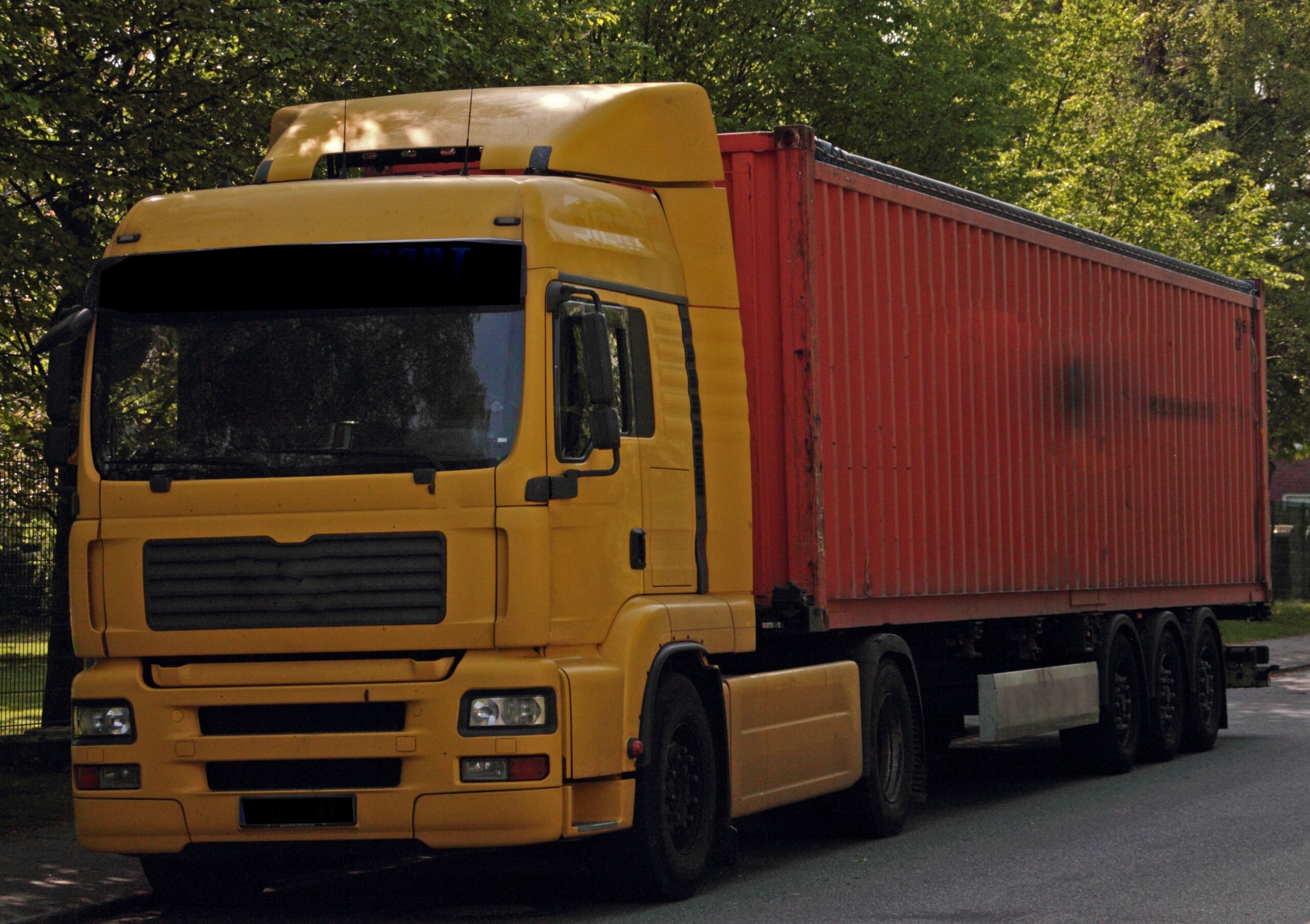
That is why making sure you are not driving in a dangerous manner will always help you keep a level head. But driving any other type of vehicle should not be a fearful task. If you are conscious about your driving and surroundings, then you are keeping other road users around you safe.
Not only is Trailer Training UK reiterating the importance of road safety in their range of Class 1 Category C+E and Class 2 Category C driver training courses, but also teaching students about the dangers when it comes to the lack of road safety.
Trailer Training UK also supply hazard perception and theory tests, which will help students understand the signs, limitations, and potential hazards they may come across when driving.
